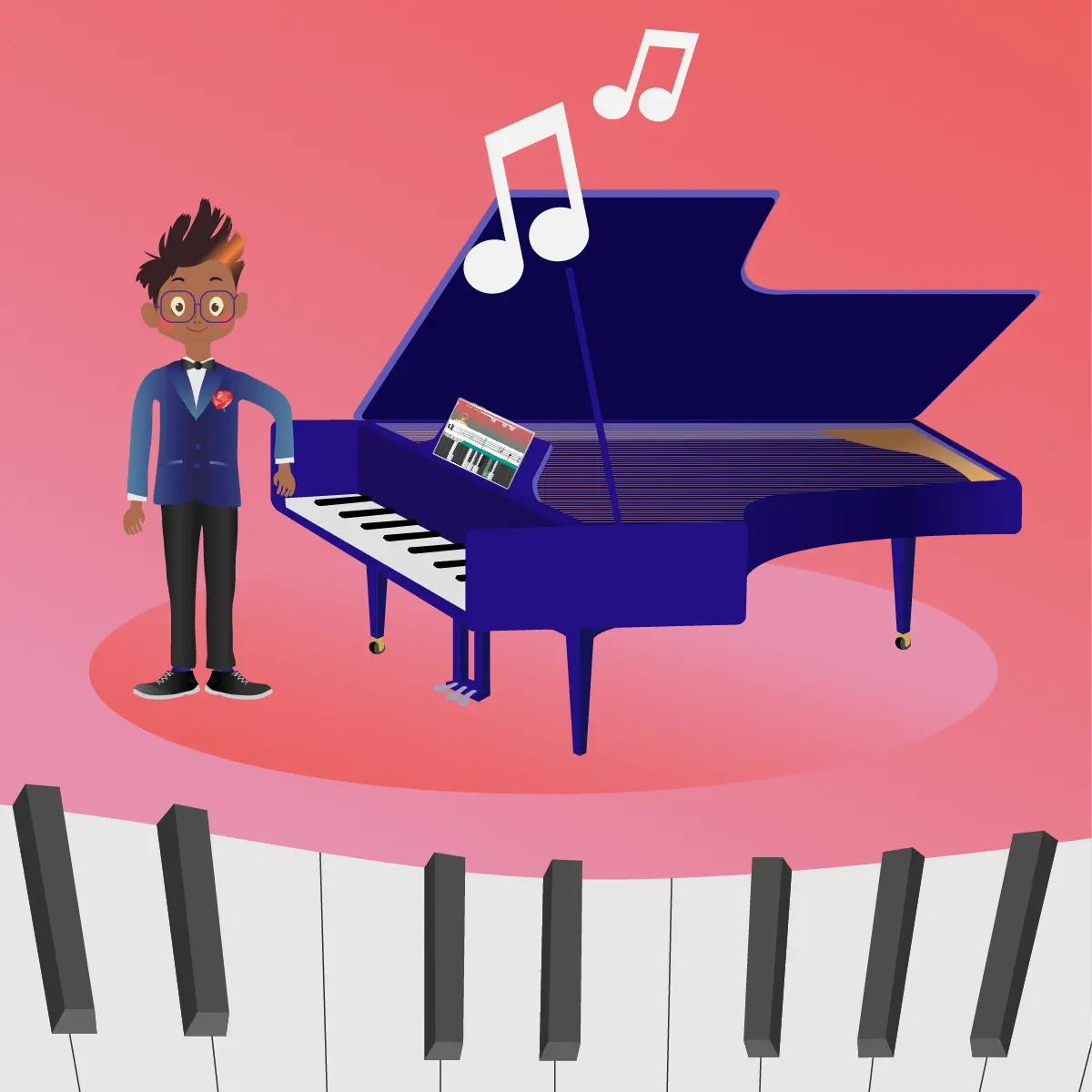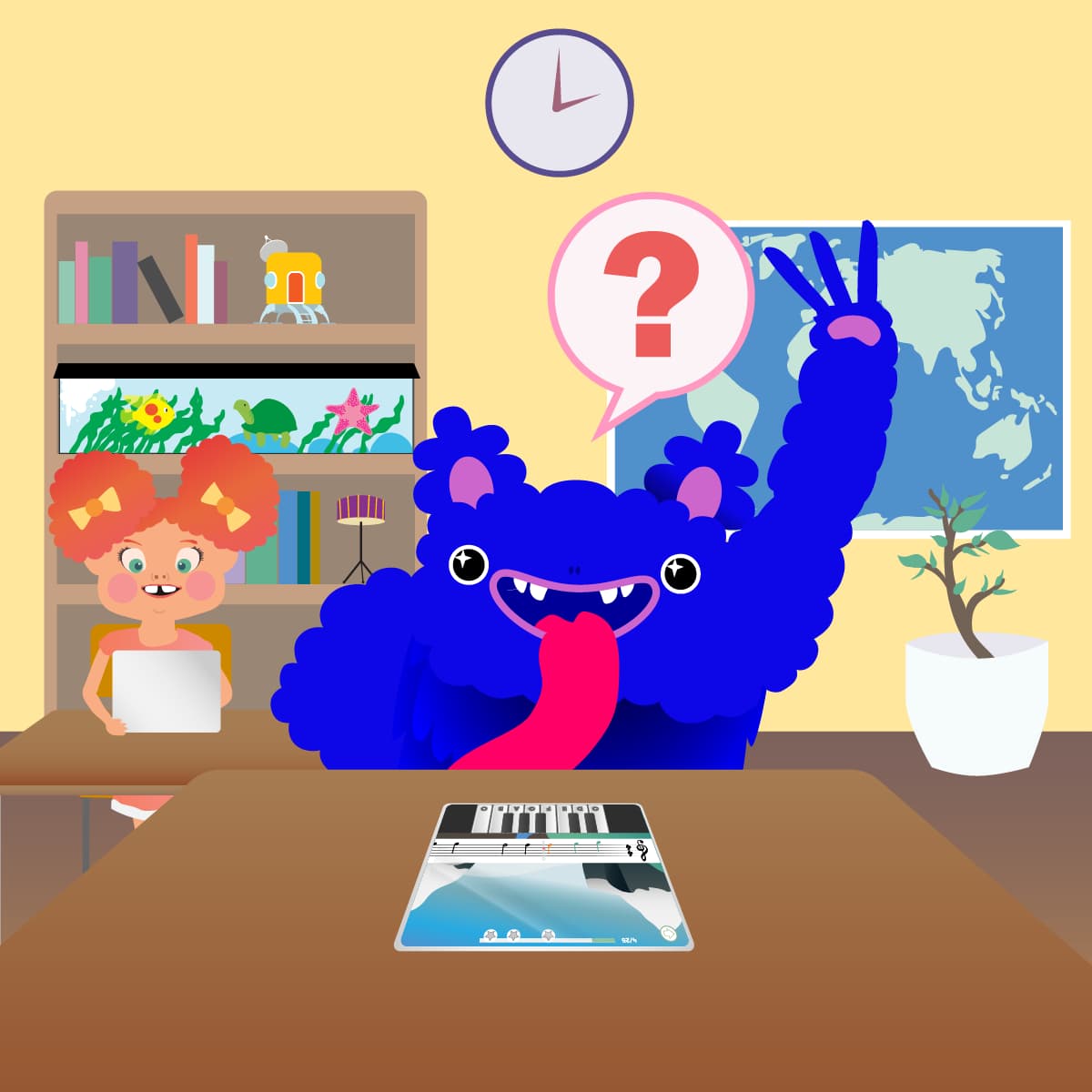By Arctic Meta,
Even those who don’t have a musical bone in their bodies can remember loving some element of music classes when they were kids.
There’s something magical about the first time you enter that music room in elementary school. There are instruments, often there’s more space; it looks like a classroom, but it’s a little bit different.
In my experience, I remember that it even smelled different, but now that I think of it, that’s probably because it had fewer sweaty children in it throughout the day than most classrooms in my school.
We can all remember the fun and excitement that came with music lessons, but I’m also pretty sure that anyone who’s ever taught music knows that this enthusiasm can quickly disappear as soon as it comes time to learn the theory.
Music teachers everywhere know this feeling exactly. The experience of trying to get young minds to listen to you tell them the finer points of reading sheet music; the whole time, their eyes are fixated on the drum kit at the back of the room.
You can tell by looking at their little faces that the only thing they can think is, ‘When do we get to play the instruments?’ At times it can feel a bit like the parent who’s telling them they can’t go in the pool just yet on the first hot summer’s day.
Getting kids to have fun while learning music theory isn’t easy, but it’s not impossible. There’s a bunch of different activities you can incorporate in your classes to help boost that knowledge retention while still being their favourite class.
Check out the top 11 music theory activities for kids below.
11. Teach Music Theory to Popular Songs

Most kids associate music theory with classical songs. They see the rules and formulas that make it possible to play and appreciate music, and most of the time, that’s the stuff that very old (and very dead) composers did.
While an appreciation of the classics is always great, it can also be incredibly beneficial for music students to view music theory in terms of their favourite artists. What about Bad Guy by Billie Eilish makes it sound so good? How does Taylor Swift use different keys to evoke emotions? Why do a lot of Doja Cat’s songs seem reminiscent of the 70s?
Breaking their favourite songs and genres down to discover their specific make-up can be an incredible gateway to understanding the importance of music theory. It can also help them discover all of the “trends” and “game-changers” in the history of music that inspired some of the tracks they’re vibing to today.
10. Use Flash Card Games

This is an incredibly simple way to inject an element of competition into the classroom. All you need to do is create some simple flashcards before your lesson. You can be as creative as you want with this.
For example, you could place groups of notes together, show the musical notation of a small rhythm section – or even (for more advanced students) depict a whole section of a piece of music.
All you need to do is make sure you have enough cards for every student. Hand them out to your class and then play the notes, clap the rhythm or hit play on a piece of music. The aim of the game is for the students to hear what’s being played and figure out if it matches what is on their card.
You can make it as simple or as challenging as you like and the best part of using good old fashioned flashcards is that you can uniquely cater them to the needs and abilities of the students.
9. Learn Through Play

Famed theoretical physicist Albert Einstein often recalled what he referred to as a pivotal moment in his life. A time when he remembered becoming fascinated with science. He was sick in bed, and his father gave him a compass to help pass the time.
Young Einstein wasn’t really told anything about the compass, but he remembered being fascinated at how the needle always pointed in one direction.
Einstein said that the curiosity he experienced at that moment was one of the most important factors of his career.
The point of this is that children learn a great deal through play and experimentation.
Giving them the opportunity to have this kind of fun while they learn is invaluable. It gives kids the chance to experience things without the pressure that learning can sometimes put on them.
When kids learn through play, they are more relaxed, more receptive to information and in some cases retain more knowledge. So whether it be a game, a treasure hunt or a soundscape, play will definitely help enhance musical theory.
8. Encourage Children to Compose

You might not realise it, but composing music is something that comes naturally to children. The main reason for this is that, especially when they are young, they don’t yet know what is perceived to be “good music” and “bad music.”
Most kids will make a song up about brushing their teeth, going to school, even what is on their dinner plate. They don’t really care what the song is about; they just have to share it with the world.
As adults, most of us fear being in front of other people, let alone performing or even singing a song we made ourselves. The kind of carefree bliss children have with their creativity is something to be in awe of, but it can also be used to an advantage.
Encouraging children to compose music helps them to develop a better understanding of how music works, how it is formed and the different emotions that can be evoked with specific sounds.
Whether it be an impromptu concert in the living room or a fully realised “demo,” any form of musical creation will teach a child that they are not only capable of creating music, they can also decipher and critique it.
7. Cosmic Whole Note Game

This is a clever game inspired by the scientists who spend hours with their ears pointed to space, listening for signs of intelligent life.
In this activity, you play a slow, repetitive pulse for students. The aim is for them to figure out the space between the sounds.
They need to decipher when they hear a pulse, how long the silence after that pulse is and predict when the next pulse will come. A successful student or team will be able to clap at the same time as the next pulse.
You can experiment with many different tempos in this game. You could go as slow as ten beats per minute or even as fast as 120 beats per minute (the average tempo of a pop song).
This kind of game will teach kids a lot about rhythm, tempo and timing; while also being incredibly fun and engaging.
6. Music Theory Treasure Hunts & Activities

Exploring music theory through treasure hunt activities is a fantastic way to combine imagination, recall, music theory and problem-solving while experiencing the thrill of a scavenger hunt or escape room.
The easiest way to do this is to start by defining an end result. Perhaps you want your students to be able to play or recite a song. Then work backwards from there.
Give them the pieces of musical information they will need as rewards for clues or puzzles they solve along the way.
As students solve their riddles, they won’t just get the reward of the next clue; they will also get to see in real-time how much musical knowledge they are retaining, which is a great reward all on its own.
5. Explain Cadences Through Popular Songs
Cadence in music is the way in which a succession of music combines to create emotion. Exploring it is like taking the different notes of a song and treating them a bit like words or phrases.
Musical cadence has been giving us the feels ever since we started smashing sticks together in caves.
A great way to explore this with students can be to take songs they like and deconstruct their cadence.
The most common way to do this is to look at whether the notes are in a major or minor key. Many of us have laughed at this in the form of youtube videos for years. Just look at what happens when you change this hit by “The Police.”
What happens if you change a chord at the end of the musical phrase? Does it still convey the same emotion? How does it change? What other things can you get the music to say if you change the phrase just a little?
Exploring cadence through popular music is a great way to give students the tools they need to understand just what it is about music that makes us feel and how if they understand musical theory, they can use it to their advantage.
4. Listening to their Favourite Music For Homework

Building off the idea of involving a student’s favourite music in their theory education, you could give them the task of listening to it for homework.
You can instruct your student’s to find their favourite song and listen to it intently.
Using the things they have learned within their music theory curriculum, they could take notes about what they hear in the song.
This is a great way for them to experience real-world examples of what they have learned but also apply them.
They can report back to class with a summary of the time signatures, cadence, chords and tempo used in the song.
This will also encourage them to start looking for these concepts outside of the classroom, which is more than most of us can say we ever achieved with algebra.
3. Using EdTech
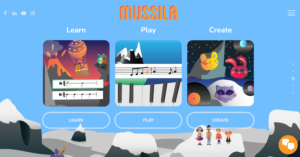
The interconnected nature of the world has led to some incredible leaps and bounds when it comes to education. Access to information has never been easier, and students all over the world are starting to reap the benefits.
Now students can also benefit from educational technologies when it comes to music theory, especially with apps like Mussila Music School.
Mussila is an award-winning app that incorporates play and creation into learning music theory. With the Mussila app, students are able to explore and deconstruct music without the need for expensive instruments.
This kind of technology is helping level the playing field when it comes to musical education.
Mussila has two different branches depending on what your involvement in the student’s life is. There is Mussila for parents and Mussila for schools. Each of them utilises technology to provide a quality music education that is interactive and fun.
If you want to find out more about how educational technology can help you in the classroom, check out the Mussila app in your favourite app store today.
2. Listening to Classical Music Podcasts
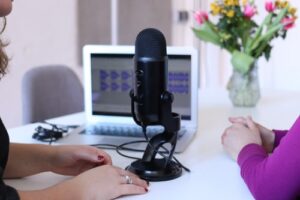
There is literally a podcast about everything.
If you can imagine a topic or even have the slightest interest in something, somebody has made a show about it; and this is a total benefit to educators all over the world.
When it comes to music theory, it’s essential to gain an appreciation for the classical genre, but we all know that sometimes it’s met with a little bit of resistance from students. Podcasts are a great way to shed new light on these pieces of art.
A student might not think Mozart’s Requiem is as interesting as the newest Lil Nas X album, but that might change when they find out it’s one of the most mysterious pieces of music ever written.
1. Use Colours and Games
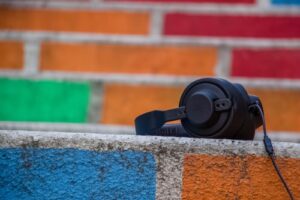
This might seem like a bit of a “duh” statement, but you would be surprised how many people forget how important colours and games are to young learners.
You only need to walk down the toy aisle of any store to see that bright colours attract kids. It’s their kryptonite.
They flock to colourful things like moths to a flame, and this is a magical time.
It’s also a time when they are incredibly receptive; they’re like sponges, and in most cases, kids are actually hungry for knowledge.
So if you have a chance to make part of their learning journey more colourful or filled with a game or two, you will definitely see the positive effects.
Games also help to stop kids from feeling like they are being pummelled with information.
It breaks up the lesson and gives them the chance to see that they are, in fact, retaining information which can be a great personal reward.
You catch more flies with honey than you do with vinegar, and in the same respect, music theory looks much better in bright orange than it does in black and white.
Conclusion

It doesn’t matter what age or level your music students are at; it’s always a good idea to find new and innovative ways to make the learning experience as fun as possible.
We do, after all, tend to remember the good times more.
We can all remember a little anecdote from a teacher that made us laugh as kids that has made us hang onto a nugget of knowledge to this day, and the more fun we have, the more we will hold onto.









